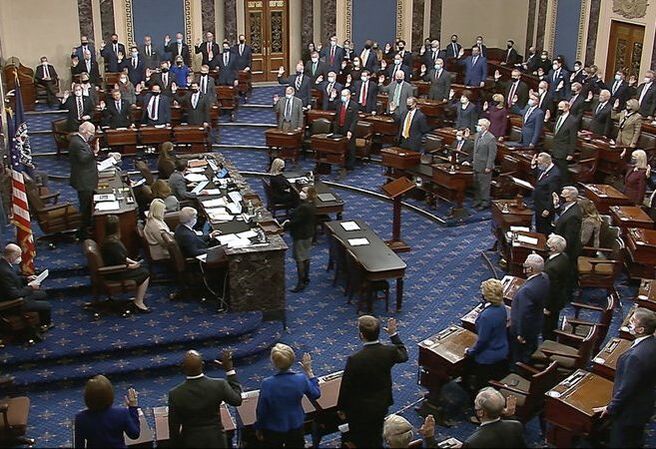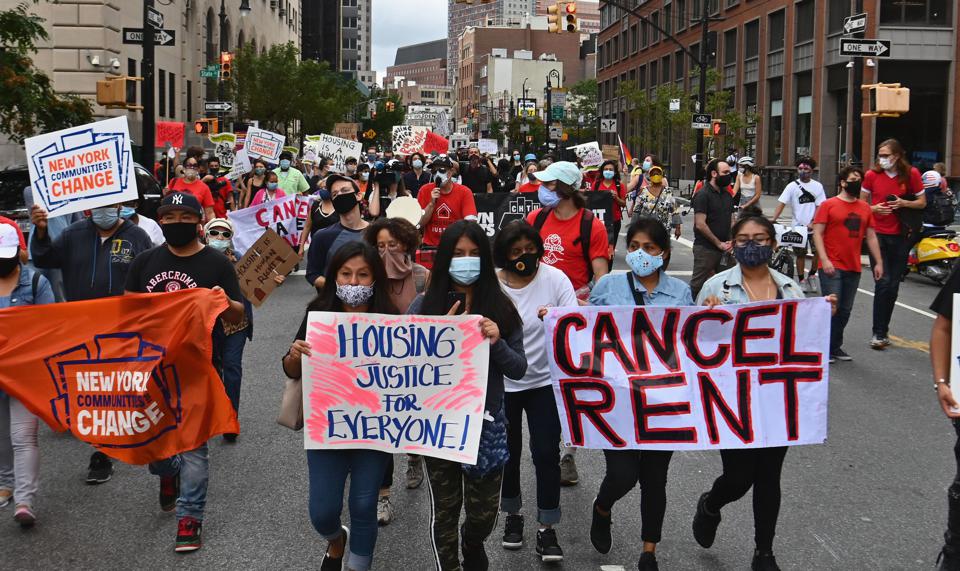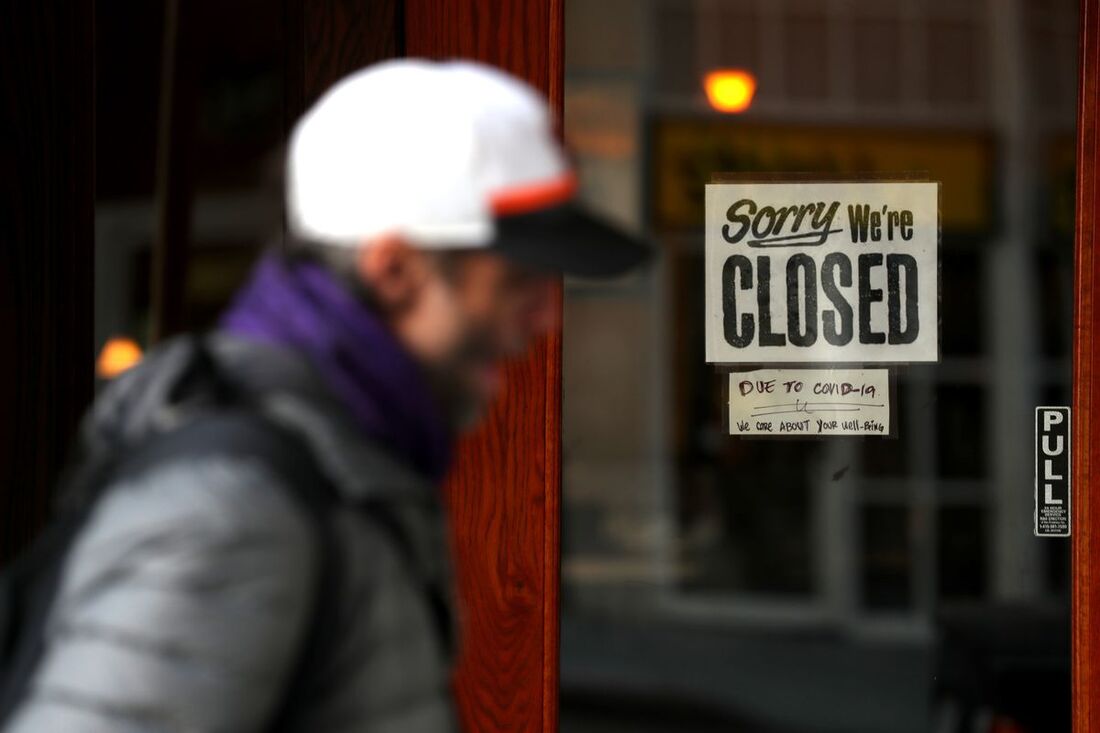LISTSOur biweekly lists lay out notable issues in the news and tell you what you can do about them.
|
SUBSCRIBE TO EMAIL UPDATES:
|
|
Hi everyone! We know that it's been a while; we hope that you are your families are staying safe and well. We are back and will be back on our biweekly schedule! We're excited to be here with you. This list has a lot of heavy political info — mostly impeachment & various forms of COVID-19 relief. We break it all down for you and provide easy, concrete ways for you to get involved below. Peace & power, Teens Resist what went down:
If Trump is no longer in office, what would this conviction mean? Conviction after impeachment prevents that individual from ever holding public office again. (“The framers of the Constitution feared a president who would corrupt his office by sparing ‘no efforts or means whatever to get himself re-elected,’” said House Dems in their brief.) Given Donald Trump’s consistent disregard for the Constitution and our systems of government — and his insinuation that he would run again — that punishment is what many Democrats are after. Conviction aside, even the process of a trial sends a loud and clear message to the world. On February 4, the House managers reached out to the former president’s legal team to ask if Trump would testify at his trial. His lawyers swiftly declined the offer. The Senate trial this week will be among the final milestones of the Trump presidency, and perhaps among the most momentous. WHAT YOU CAN DO:
COVID-19 Relief:
The bill’s unusual journey through the legislature (going through the Senate before the House), which ordinarily approves a bill in the House before it goes to the Senate, was the result of a tactic called budget reconciliation. Democrats chose to use this strategy to avoid negotiating the gained the support of seventeen Republicans — normally, budget and revenue bills must pass with a supermajority (⅔), but budget reconciliation only needs a simple majority to pass in the Senate. The process has a 20-hour cap on filibusters, which was reached Friday morning. Now, the bill is in the House for budgetary tweaks. Since budget reconciliation does not require bipartisan support, there are strict guidelines as to how it can be used. More than 800 amendments to the package were drafted, which is why the package will not include Biden’s proposed $15 federal minimum wage. As the budget reconciliation process is only meant to be used for spending legislation, it is an appropriate avenue through which to pass the relief package. So, now we wait for the bill to be refined in the House, and we can expect the plan to be enacted in a couple of weeks. WHAT YOU CAN DO:
Rent relief programs provide economic assistance to tenants or landlords to make up for unpaid rent. On his first day in office, President Biden extended a federal eviction moratorium through the end of March; a current moratorium in New York State will expire in the beginning of May. Eviction moratoriums save lives; public health experts have found that 10,700 Covid-related deaths have been linked to the expiration of federal eviction moratoriums over the summer. Still, eviction moratoriums have holes. Landlords can choose not to renew a tenants’ lease, which has the same effect as an eviction, and evictions may be allowed for reasons other than nonpayment. Marginalized renters — including immigrants and non-English speakers, seniors without internet, and lowest-income tenants — may not know how to take advantage of the current protections. To qualify under the federal moratorium, renters must know to provide a signed copy of the CDC’s moratorium declaration. And while eviction moratoriums prevent actual evictions from taking place, they don’t stop landlords from starting eviction proceedings. Tenants who are unaware of their rights often respond to a notice of these proceedings by moving out far before they are required to. In addition, eviction moratoriums alone arguably just push the ball down the road; once they end, millions of tenants who’ve lost a year of income due to COVID will be again vulnerable to eviction. Rent relief to address the billions of dollars of back rent owed by American tenants — estimates range up to $70 billion — is necessary. Finally, COVID-19 didn’t create this country’s housing crisis. To qualify for most governmental assistance, tenants have to demonstrate that their ability to pay rent was affected by COVID (itself an added hurdle for undocumented people or those with difficulty getting their paperwork together). But millions were already struggling to attain and retain a stable and affordable living situation before the pandemic. Once this pandemic is over, our governments and communities will be tasked with a radical rethinking of how we distribute housing, property and resources. WHAT YOU CAN DO:
The grim future for local restaurants also provokes concern over the tension between small, local restaurants and corporate chains. Corporate restaurants have a much easier time sustaining economic crises because of the enormous capital they have from their corporate backers and the low wages which they pay their employees. By stimulating local restaurants, the restaurant industry can shift away from reliance on huge companies which have been working tirelessly to use this moment of weakness to accumulate more wealth. Some good news on the matter is that on February 5th, the Restaurants Act of 2021 was reintroduced to Congress. While distinct from the last version, the Restaurants Act is a bipartisan effort to restabilize American local restaurants, indicating a strong chance of passing in the Senate. WHAT YOU CAN DO: First, here’s a brief list of groups you can support, donate to, and volunteer at:
Death Care Support: Content Warning: Focus on deceased bodies and Covid-19. No graphic descriptions or images. As COVID-19 cases in the U.S. have spiked, so have the number of deaths. These deaths have caused a strain on the nation’s funeral homes, mortuaries, and morgues have the capacity to care for. This issue in and of itself is deeply uncomfortable to confront because of what it signifies about COVID response and the number of deaths we’re facing. That being said, a response to this crisis is necessary so that we can all be kept safe. While this is scary and unsettling to experience, it is not the first mass casualty event the American death care system has faced. There are plans and support systems in place to deal with a larger number of bodies than the existing system can handle. Unfortunately, despite their advantages, some of these support systems have been misrepresented in the news. One support system is the use of refrigerated trucks to care for bodies, which are a good example of disaster response in dealing with the dead. Another example is the use of places like Hart Island, a cemetery for unclaimed bodies, people who died and had no one to arrange their burial or cremation. It’s been used as a cemetery for over 150 years. Hart Island, and other cemeteries like it, have been getting more attention because there are more unclaimed dead bodies now due to Covid-19. Again, this is a normal response to large numbers of bodies. Everything is organized and bodies are not cast aside or forgotten. You can even go to https://www.hartisland.net/ to see some of the older burial records of the island. Deathcare is not always pretty, or easy to think about. During the pandemic and before, much of the labor in the United States has been acquired unethically, through the exploitation of incarcerated people. While this issue should be dealt with, the deathcare system is not entirely responsible. There are two important things to remember. First, while the Covid-19 pandemic is scary, there is no reason to fear the responses that help deal with its effects. Second, this pandemic has revealed many problems and shortcomings with the systems of our nation. Many levels of government have failed to meet communities’ and the nation’s needs. When the pandemic is over these problems won’t disappear. It’s our responsibility to fight for systems that will support all people. Action Items:
This list was written by: Betty Kubovy-Weiss, Sonia Chajet Wides, Kate Griem, Miranda Licardo, Lily Seltz, Minna Bachman, and Leo Levine
0 Comments
Leave a Reply. |
UPdatesThese lists include featured organizations, scripts, numbers, news updates and inspirational activists. Archives
January 2022
Categories |
About |
Content |
|




 RSS Feed
RSS Feed
